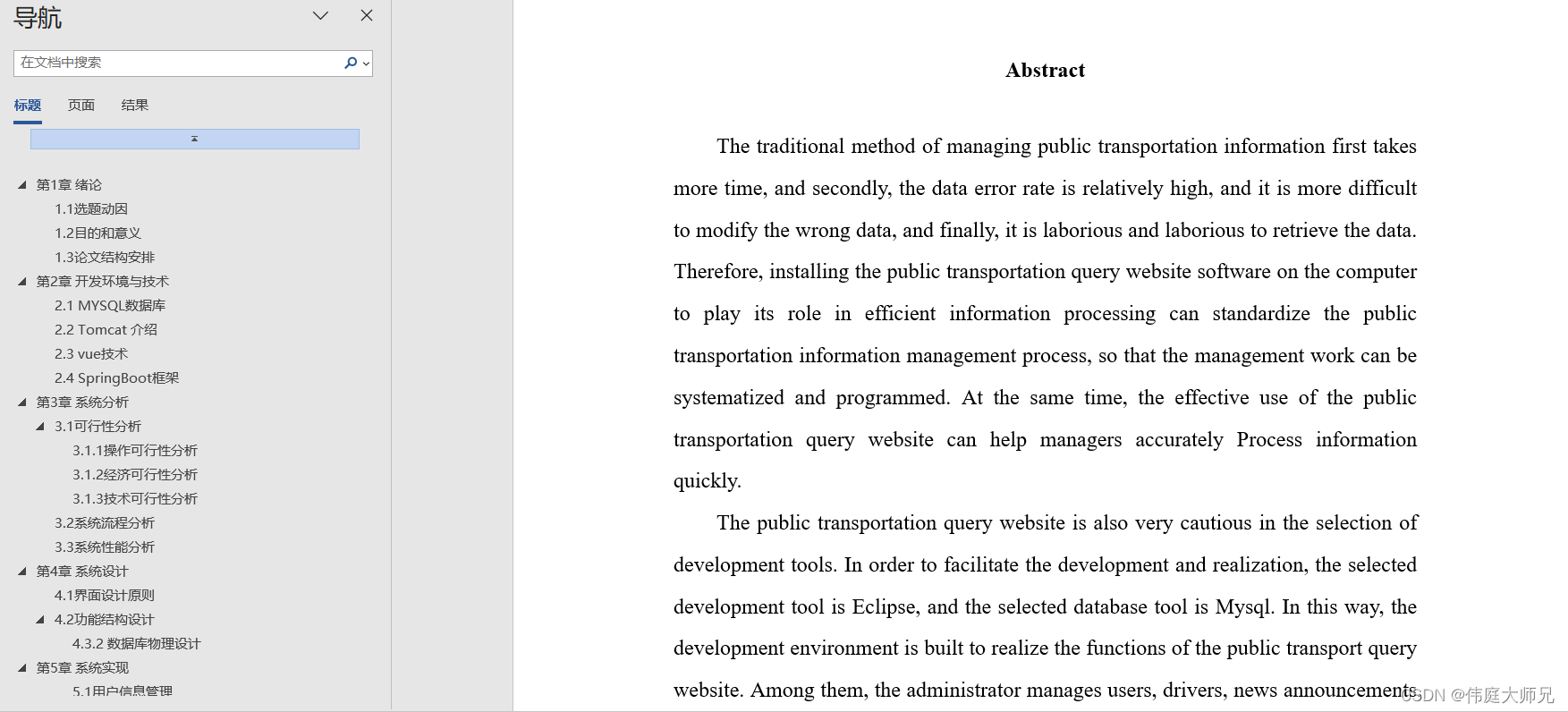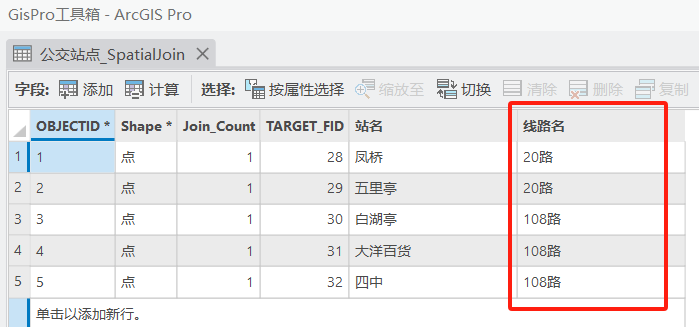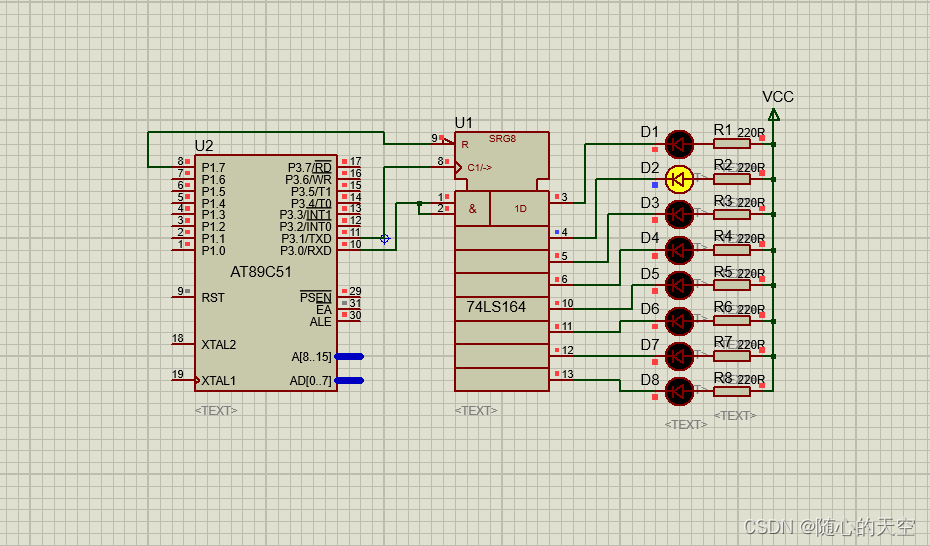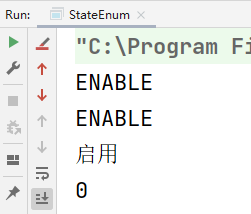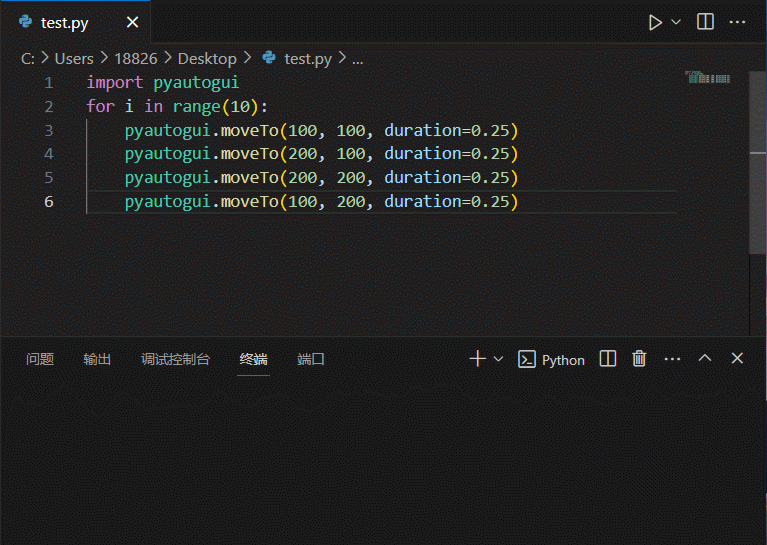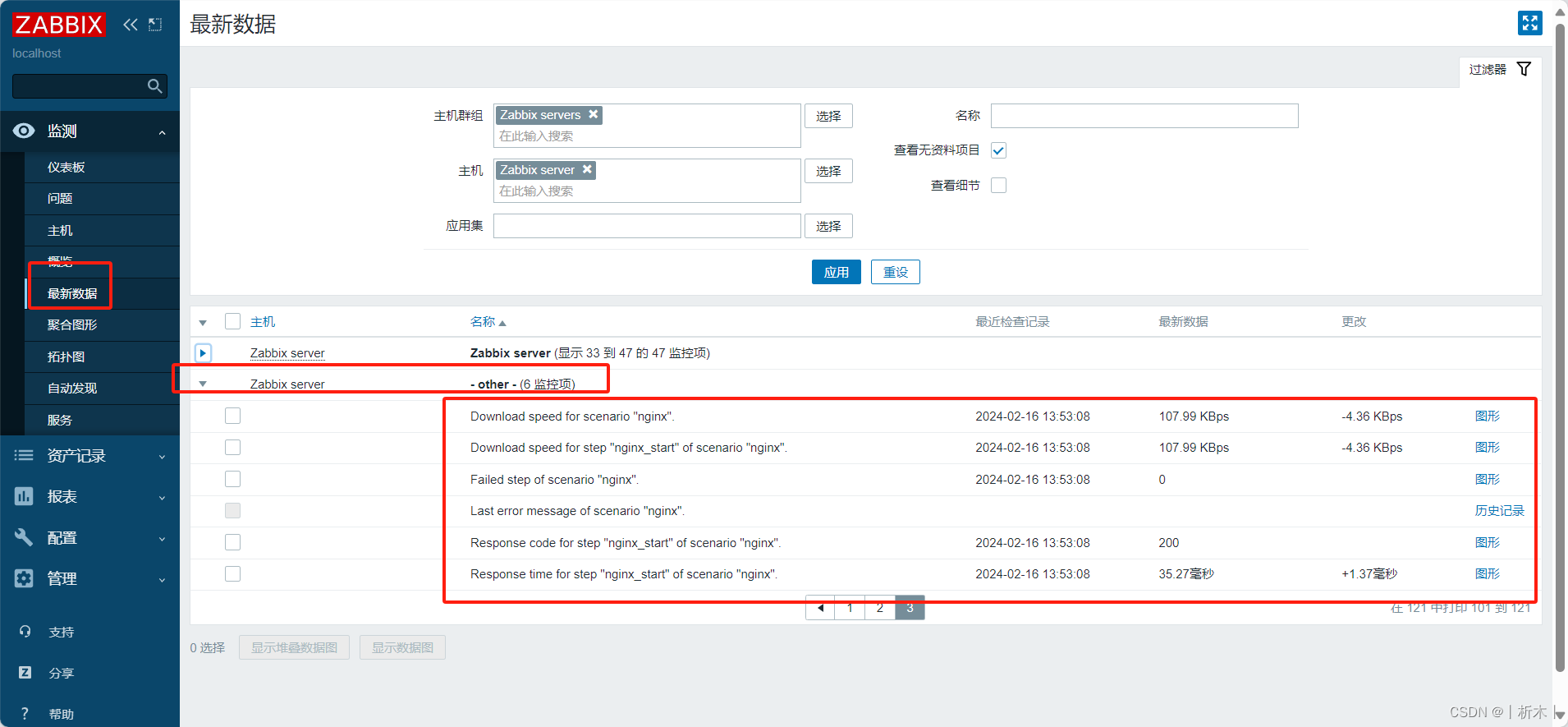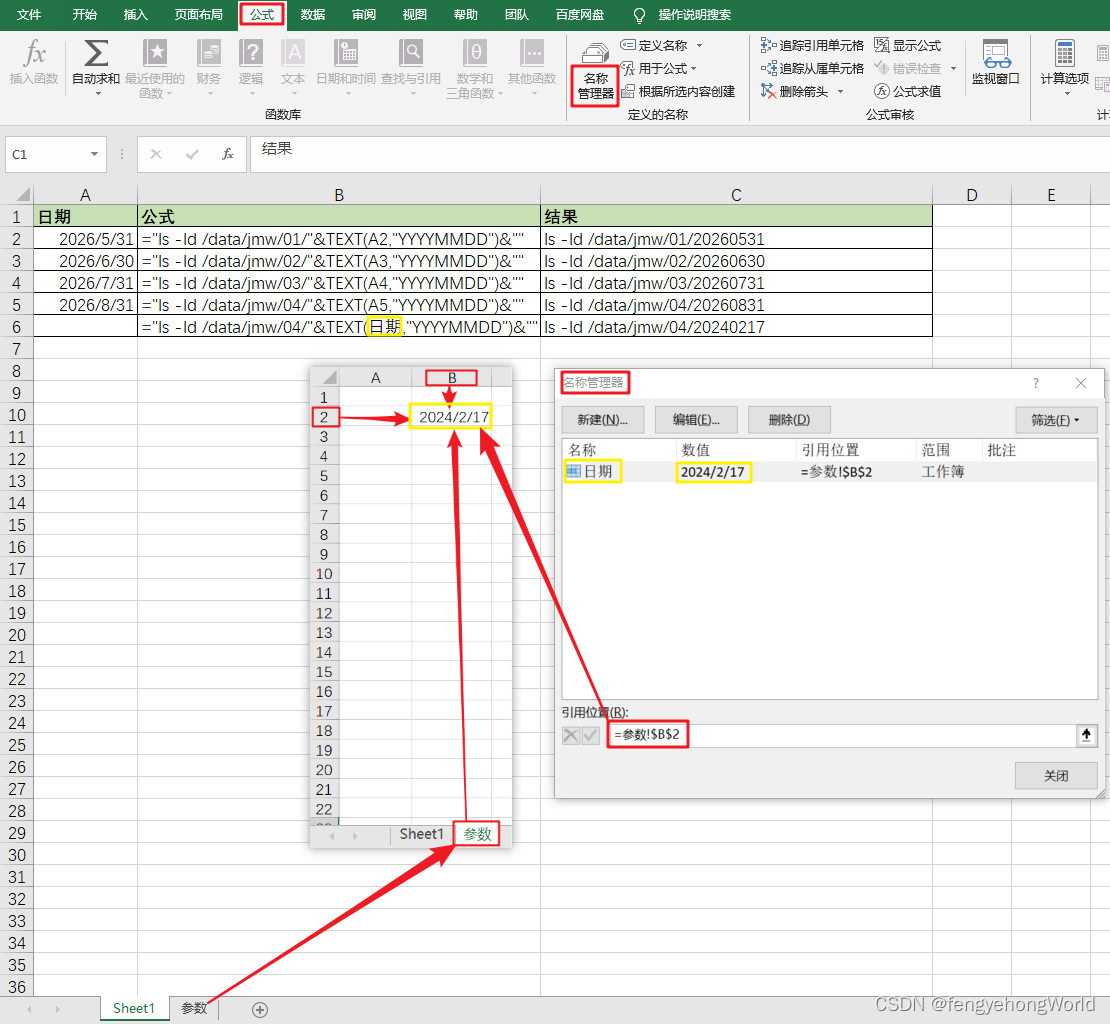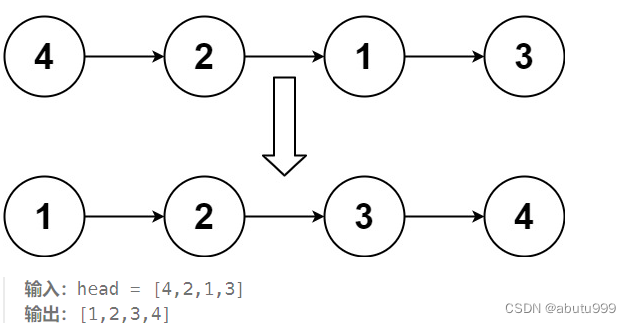> 作者简介:დ旧言~,目前大二,现在学习Java,c,c++,Python等
> 座右铭:松树千年终是朽,槿花一日自为荣。> 目标:能手撕list模拟
> 毒鸡汤:不为模糊不清的未来过分担忧,只为清清楚楚的现在奋发图强。
> 望小伙伴们点赞👍收藏✨加关注哟💕💕

🌟前言
前面我们已经学习了list的相关知识点,必然我们要简单的模拟一下,模拟list类比较复杂,里面掺杂了我们学习双链表的知识点,对模板的使用更加复杂,还有对c++类和对象的知识点使用起来更杂。对上面知识点忘了的小伙伴们大家先去巩固巩固,学习list那就更加轻松,那咱们走起。

⭐主体
这里我们就不分解成三文件啦,这里就创建两个文件List.h(头文件),Test.c(测试代码文件)
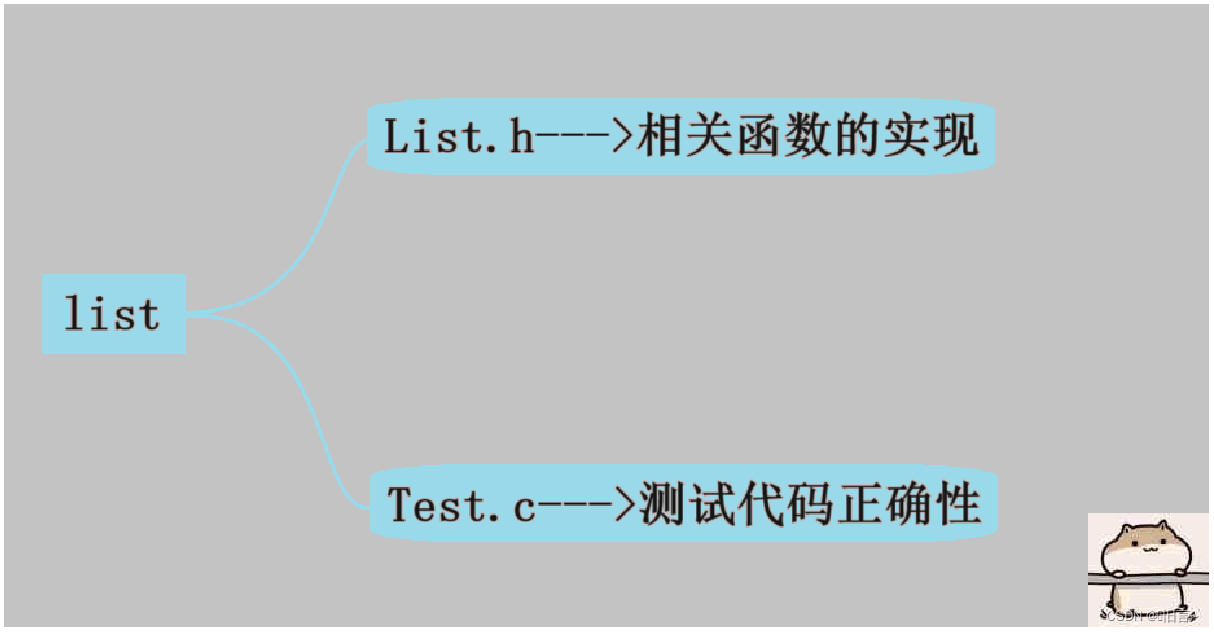
🌙list基本框架结构
list为任意位置插入删除的容器,底层为带头双向循环链表:
模拟实现list,要实现下列三个类:
①、模拟实现结点类
②、模拟实现迭代器的类
③、模拟list主要功能的类
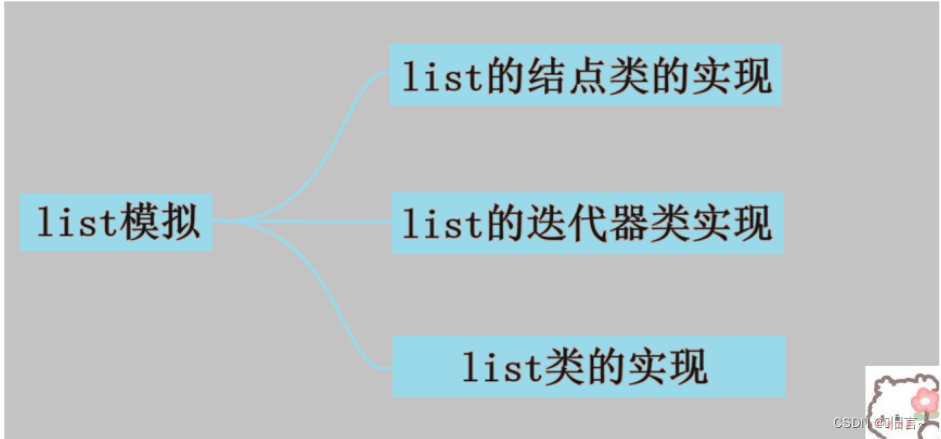
🌙list的结点的实现
list为任意位置插入删除的容器,底层为带头双向循环链表,所以每个结点都需有以下成员:
- 前驱指针
- 后继指针
- data值存放数据
结点类本质上是一个初始化函数,在list类中只需要一个构造函数就行。
// 初始化(结点类) template<class T> // 模板 struct ListNode {// 定义两个指针ListNode<T>* _next; // 前驱指针 ListNode<T>* _prev; // 后驱指针// 存储节点值T _data; // 初始化列表(构造函数)ListNode(const T& x = T()):_next(nullptr),_prev(nullptr),_data(x){} };问题解剖:为什么是ListNode<T>???
首先,C++中用struct定义时可不加struct,重点是这里用了一个类模板,类模板的类名不是真正的类型且类模板不支持自动推类型,即ListNode不是真正的类型,定义变量时ListNode<T>这种才是真正的类型,也就是用类模板定义变量时必须 指定对应的类型 。 注:结构体模板或类模板在定义时可以不加 <T>,但使用时必须加 <T>。
🌙list的迭代器类的实现
- 链表的物理空间是不连续的,是通过结点的指针顺次链接。
- 不能像先前的string和vector一样直接解引用去访问其数据,
- 结点的指针解引用还是结点,结点指针++还是结点指针,
- 在string和vector的物理空间是连续的,所以这俩不需要实现迭代器类,可以直接使用。
为了能让list像vector一样解引用后访问对应节点中的值,++访问到下一个数据,我们需要单独写一个迭代器类的接口实现,在其内部进行封装补齐相应的功能,而这就要借助运算符重载来完成。
💫基本框架
框架结构:
template<class T,class Ref,class Ptr> struct __list_iterator {typedef __list_node<T> Node;typedef __list_iterator<T, Ref, Ptr> Self;Node* _node; }①、迭代器类模板为什么有三个参数?
- 普通迭代器的话,一个class T参数就够了,由于const迭代器原因,需要加两个参数
- 两个参数名Ref(reference:引用)和Ptr(pointer:指针)
②、迭代器类是什么?
- 迭代器类就一个节点的指针变量_node,但是因为我们要运算符重载等一系列操作,不得不把list的迭代器写成类,完成那些操作,list的迭代器才能正确的++到下一位置,解引用访问节点的值
③、节点指针和迭代器的区别?
- Node* cur(节点指针) 和 iterator it(迭代器),它们指向同一个节点,它们的物理地址是一样的,但是它们的类型不同。
- *cur是一个指针的解引用,取到的值是节点。
- *it是去调用迭代器的operator*,返回值是节点中存的值。
- 类型决定了对空间的解释权。
💫构造函数
迭代器的构造函数只需要一个指针构造就行:
// 构造函数(初始化) _list_iterator(Node* x):_node(x) {}
💫operator*
*it(调用的是函数,返回节点中的值):
// *it,返回节点的值 Ref operator*() {return _node->_data; }问题解剖:返回值为什么是 Ref ???
- Ref是模板参数,因为迭代器类的模板参数Ref传入的要么是T&要么是const T&
- 为了const迭代器和普通迭代器的同时实现,意义就是一个只读,一个可读可写
注:比如之前讲的vector的迭代器,*it(假设it是迭代器变量)就是拿到对应的值,那么list的迭代器也要同理,解引用迭代器就是为了访问对应位置的值,那么list只要通过迭代器返回对应节点的值就好了(*it,我们是就想要对应的值)
💫operator->
// 返回节点值 Ptr operator->() {return &_node->data; }问题解剖:为什么需要operator->?
- list存了个自定义类型的Date类,程序错误,因为我们并没有重载Date类的operator<<
若是内置类型的话才可以正常输出,那写一个operator<<重载吗?不,因为你无法确定要用哪些类,也不能每个类都写operator<<,那怎么办?我们访问Date类本质是想访问它内置类型(int)的_year、_month和_day吧,那我们不妨写个专属于自定义类型的operator->(因为内置类型只需要*it就可以直接输出了,但自定义类型不可以直接输出)
- 利用operator->直接访问类的成员变量,而内置类型可以直接输出
故从根源上解决问题: 在迭代器中实现个operator->:
(Ptr是迭代器的模板参数,我们用来作为T*或const T*的)
💫operator前置++--与后置++--
代码实现:
// ++it self& operator++() {_node = _node->_next;// 返回节点return *this; } // it++ self operator++(int) {// 拷贝self tmp(*this);// 向后走一个节点_node = _node->_next;// 返回return tmp; }// --it self& operator--() {_node = _node->_prev;// 返回节点return *this; } // it-- self operator--(int) {// 拷贝self tmp(*this);// 向前走一个节点_node = _node->prev;// 返回return tmp; }问题解剖:迭代器++对于list是什么意思???
- 迭代器++的意思就是想让其指向下一个节点
- --正好相反,为了区分前置和后置++(--),
- 我们会用函数重载,也就是多一个'没用的'参数:int,这个参数没什么用,只是为了区分++与--
💫operator==和operator!=
代码实现:
// 判断 bool operator!=(const self& s) {return _node != s._node; } // 判断 bool operator==(const self& s) {return _node == s._node; }问题解剖:两个迭代器怎么比较的???
- 迭代器中就一个成员变量_node,节点指针,只要比较当前的节点指针是否相同即可
- 这个操作在判断迭代器是否走到头有用(比如 it != s.end())
问题:迭代器的拷贝构造和赋值和析构函数需我们自己实现吗?
答:不需要
- 因为迭代器存的就是一个节点指针,而节点是属于链表list的,那么它的释放应由list来实现,那么迭代器的析构也无需我们自己写了。
- 拷贝构造和赋值就是节点指针的拷贝和赋值,即使指向同一节点了,迭代器也不会析构,而list的析构到时候只会释放这个节点一次,不存在什么问题,即我们无需深拷贝,使用系统提供的浅拷贝即可。
🌙list类的实现
在结点类和迭代器类都实现的前提下,就可实现list主要功能:增删等操作的实现。
💫基本框架
框架结构:
//3、链表类 template<class T> class list {typedef __list_node<T> Node; public:typedef __list_iterator<T,T&,T*> iterator;typedef __list_iterator<T,const T&,const T*> const_iterator;private:Node* _head;//头结点 }问题解剖:const_iterator(const迭代器的介绍)
- 我们知道const_iterator在begin()和end()中的返回值是需要用到的
- 其主要作用就是当迭代器只读时使用
- 普通迭代器和const迭代器的实现区别仅仅在于内部成员函数的返回值不同
- 一个是引用class Ref(T&或const T&),一个是指针class Ptr(T*或const T*)
- 当Ref时const T&就是const迭代器的调用,当Ref时T& 时就是普通迭代器的调用
💫构造函数
框架结构:
// 初始化函数 void empty_init() {_head = new Node;_head->_next = _head;_head->_prev = _head; }// 构造函数 list() // 1. {empty_init(); }解释:我们开辟一个头结点,这里就是一个循环双向链表。
💫begin和end
代码实现:
// 找头,这里有哨兵位 iterator begin() {return _head->_next; } // 找尾,哨兵位就是尾 iterator end() {return _head; }//const类 const_iterator begin() const {return _head->_next; } const_iterator end() const {return _head; }
💫拷贝构造
代码实现:
传统写法:
//拷贝构造:传统写法 list(const list<T>& lt) {_head = new Node;//开辟一样的头结点_head->_next = _head;_head->_prev = _head;//1、用迭代器遍历/*const_iterator it = lt.begin();while (it != lt.end()){push_back(*it);++it;}*///2、范围for遍历//遍历lt1,把lt1的元素push_back到lt2里头for (auto e : lt){push_back(e);//自动开辟新空间,完成深拷贝} }解释:list的拷贝构造跟vector不同,它的拷贝是拷贝一个个节点(因为不连续的物理空间), 那么我们可以用迭代器拿到list的一个个节点【上面是传统写法】
现代写法:
template<class InputIterator> list(InputIterator first, InputIterator last) {_head = new Node();_head->_next = _head;_head->_prev = _head;while (first != last) {push_back(*first);first++;} } /* 拷贝构造(现代写法):L2(L1) */ list(const list<T>& L) {_head = new Node();_head->_next = _head;_head->_prev = _head;list<T> tmp(L.begin(), L.end());swap(_head, tmp._head); // 交换两个结点的指针 }
💫clear函数
代码实现:
// 销毁函数 void clear() {// 找头iterator it = begin();// 循环while (it != end()){it = erase(it);} }问题解剖:it = erase(it)什么意思???
防止迭代器失效,因为erase返回的是被删除位置的下一位置,比如删除pos位置的,pos位置被删除后,这个位置的迭代器就失效了,那就无法通过++找到后面的位置了,所以我们通过erase返回值来更新一下迭代器位置,即更新到被删除位置的下一位置
💫operator=
代码实现:
//赋值运算符重载(传统写法)//lt1 = lt3//list<T>& operator=(const list<T>& lt)//{// if (this != <)// {// clear();//先释放lt1// for (auto e : lt)// push_back(e);// }// return *this;//}//赋值运算符重载(现代写法)// 赋值运算重载list<T>& operator=(list<T> lt){swap(lt);return *this;}注释:套用传值传参拷贝构造完成深拷贝
💫析构函数
代码实现:
// 析构函数 ~list() {clear();delete _head;//删除除头结点以外的节点_head = nullptr;//删去哨兵位头结点}
💫insert函数
代码实现:
// insert插入函数 iterator insert(iterator pos, const T& x) {Node* cur = pos._node; // 迭代器pos处的结点指针Node* prev = cur->_prev;Node* newnode = new Node(x); // 创建新的结点 // prev newnode curprev->_next = newnode;newnode->_prev = prev;newnode->_next = cur;cur->_prev = newnode;//return iterator(newnode);return newnode; }问题解剖:返回参数为什么是iterator???本质是为了防止迭代器失效问题
注:insert指的是插入到指定位置的前面
💫push_back 和 push_front
代码实现:
// 调用插入函数,尾插 void push_back(const T& x) {insert(end(), x); } // 调用插入函数,头插 void push_front(const T& x) {insert(begin(), x); }这里的尾插和头插直接调用插入函数就可以了。
💫erase函数
代码实现:
//erase iterator erase(iterator pos) {assert(pos != end());Node* cur = pos._node;Node* prev = cur->_prev;Node* next = cur->_next;//prev cur next//链接prev和nextprev->_next = next;next->_prev = prev;//delete删去结点,因为每一个节点都是动态开辟出来的delete cur;//返回被删除元素后一个元素的迭代器位置//return next;return iterator(next); }问题剖析:返回值问题???
erase的返回值,返回的是被删除位置的下一位置,库里面这么规定的,本质是因为删除元素一定会导致此位置的迭代器失效,故返回被删除位置的下一次位置可以更新迭代器。
💫pop_back 和 pop_front
代码实现:
// 调用删除函数,尾删 void pop_back() {erase(--end()); } // 调用删除函数,头删 void pop_front() {erase(begin()); }
🌙完整源代码
list.h:
#pragma once#include<assert.h>
#include<iostream>namespace lyk
{// 初始化template<class T> // 模板struct ListNode{// 定义两个指针ListNode<T>* _next; // 前驱指针 ListNode<T>* _prev; // 后驱指针// 存储节点值T _data; // 初始化列表(构造函数)ListNode(const T& x = T()):_next(nullptr),_prev(nullptr),_data(x){}};// list迭代器template<class T,class Ref,class Ptr> // 第二个参数是引用,第三个参数是指针,防止迭代器失效struct _list_iterator{typedef ListNode<T> Node;typedef _list_iterator<T, Ref, Ptr> self;Node* _node; // 定义节点// 构造函数(初始化)_list_iterator(Node* x):_node(x){}// ++itself& operator++(){_node = _node->_next;// 返回节点return *this;}// it++self operator++(int){// 拷贝self tmp(*this);// 向后走一个节点_node = _node->_next;// 返回return tmp;}// --itself& operator--(){_node = _node->_prev;// 返回节点return *this;}// it--self operator--(int){// 拷贝self tmp(*this);// 向前走一个节点_node = _node->prev;// 返回return tmp;}// *it,返回节点的值Ref operator*(){return _node->_data;}// 返回节点值Ptr operator->(){return &_node->data;}// 判断bool operator!=(const self& s){return _node != s._node;}// 判断bool operator==(const self& s){return _node == s._node;}};// list的实现(包含各种函数实现)template<class T>class list{typedef ListNode<T> Node;public:typedef _list_iterator<T, T&, T*> iterator;typedef _list_iterator<T, const T&, const T*> const_iterator;// 找头,这里有哨兵位iterator begin(){return _head->_next;}// 找尾,哨兵位就是尾iterator end(){return _head;}//const类const_iterator begin() const{return _head->_next;}const_iterator end() const{return _head;}// 初始化函数void empty_init(){_head = new Node;_head->_next = _head;_head->_prev = _head;}// 构造函数list() // 1.{empty_init();}list(list<T>& It) // 2.拷贝构造 传统写法{empty_init();// 尾插for (const auto& x : It){push_back(x);}}/* 拷贝构造(现代写法):L2(L1) */list(const list<T>& L) {_head = new Node();_head->_next = _head;_head->_prev = _head;list<T> tmp(L.begin(), L.end());swap(_head, tmp._head); // 交换两个结点的指针}// 销毁函数void clear(){// 找头iterator it = begin();// 循环while (it != end()){it = erase(it);}}// 析构函数~list(){clear();delete _head;_head = nullptr;}// 交换void swap(list<T>& tmp){std::swap(_head, tmp._head);}// 赋值运算重载list<T>& operator=(list<T> lt){swap(lt);return *this;}// 调用插入函数,尾插void push_back(const T& x){insert(end(), x);}// 调用插入函数,头插void push_front(const T& x){insert(begin(), x);}// 调用删除函数,尾删void pop_back(){erase(--end());}// 调用删除函数,头删void pop_front(){erase(begin());}// insert插入函数iterator insert(iterator pos, const T& x){Node* cur = pos._node;Node* prev = cur->_prev;Node* newnode = new Node(x);// prev newnode curprev->_next = newnode;newnode->_prev = prev;newnode->_next = cur;cur->_prev = newnode;//return iterator(newnode);return newnode;}// erase删除函数iterator erase(iterator pos){assert(pos != end());Node* cur = pos._node;Node* prev = cur->_prev;Node* next = cur->_next;prev->_next = next;next->_prev = prev;delete cur;return next;}private:Node* _head; // 头节点};void test_list1(){list<int> lt;lt.push_back(1);lt.push_back(2);lt.push_back(3);lt.push_back(4);list<int>::iterator it = lt.begin();while (it != lt.end()){//*it += 10;cout << *it << " ";++it;}cout << endl;for (auto e : lt){cout << e << " ";}cout << endl;}void test_list2(){list<int> lt;lt.push_back(1);lt.push_back(2);lt.push_back(3);lt.push_back(4);for (auto e : lt){cout << e << " ";}cout << endl;lt.push_back(5);lt.push_front(0);for (auto e : lt){cout << e << " ";}cout << endl;lt.pop_back();lt.pop_front();for (auto e : lt){cout << e << " ";}cout << endl;lt.clear();for (auto e : lt){cout << e << " ";}cout << endl;lt.push_back(10);lt.push_back(20);for (auto e : lt){cout << e << " ";}cout << endl;}void test_list3(){list<int> lt;lt.push_back(1);lt.push_back(2);lt.push_back(3);lt.push_back(4);for (auto e : lt){cout << e << " ";}cout << endl;list<int> copy(lt);for (auto e : copy){cout << e << " ";}cout << endl;list<int> lt1;lt1.push_back(10);lt1.push_back(20);lt1.push_back(30);lt1.push_back(40);lt = lt1;for (auto e : copy){cout << e << " ";}cout << endl;}void print_list(const list<int>& lt){list<int>::const_iterator it = lt.begin();while (it != lt.end()){//*it += 10;cout << *it << " ";++it;}cout << endl;for (auto e : lt){cout << e << " ";}cout << endl;}void test_list4(){list<int> lt;lt.push_back(1);lt.push_back(2);lt.push_back(3);lt.push_back(4);print_list(lt);list<int>::iterator it = lt.begin();while (it != lt.end()){*it += 10;cout << *it << " ";++it;}cout << endl;}
}test.cpp:
#define _CRT_SECURE_NO_WARNINGS 1// 包含头文件
#include<iostream>
#include<list>
#include<vector>
#include<algorithm>
using namespace std;#include"List.h"int main()
{lyk::test_list4();return 0;
}🌟结束语
今天内容就到这里啦,时间过得很快,大家沉下心来好好学习,会有一定的收获的,大家多多坚持,嘻嘻,成功路上注定孤独,因为坚持的人不多。那请大家举起自己的小手给博主一键三连,有你们的支持是我最大的动力💞💞💞,回见。


